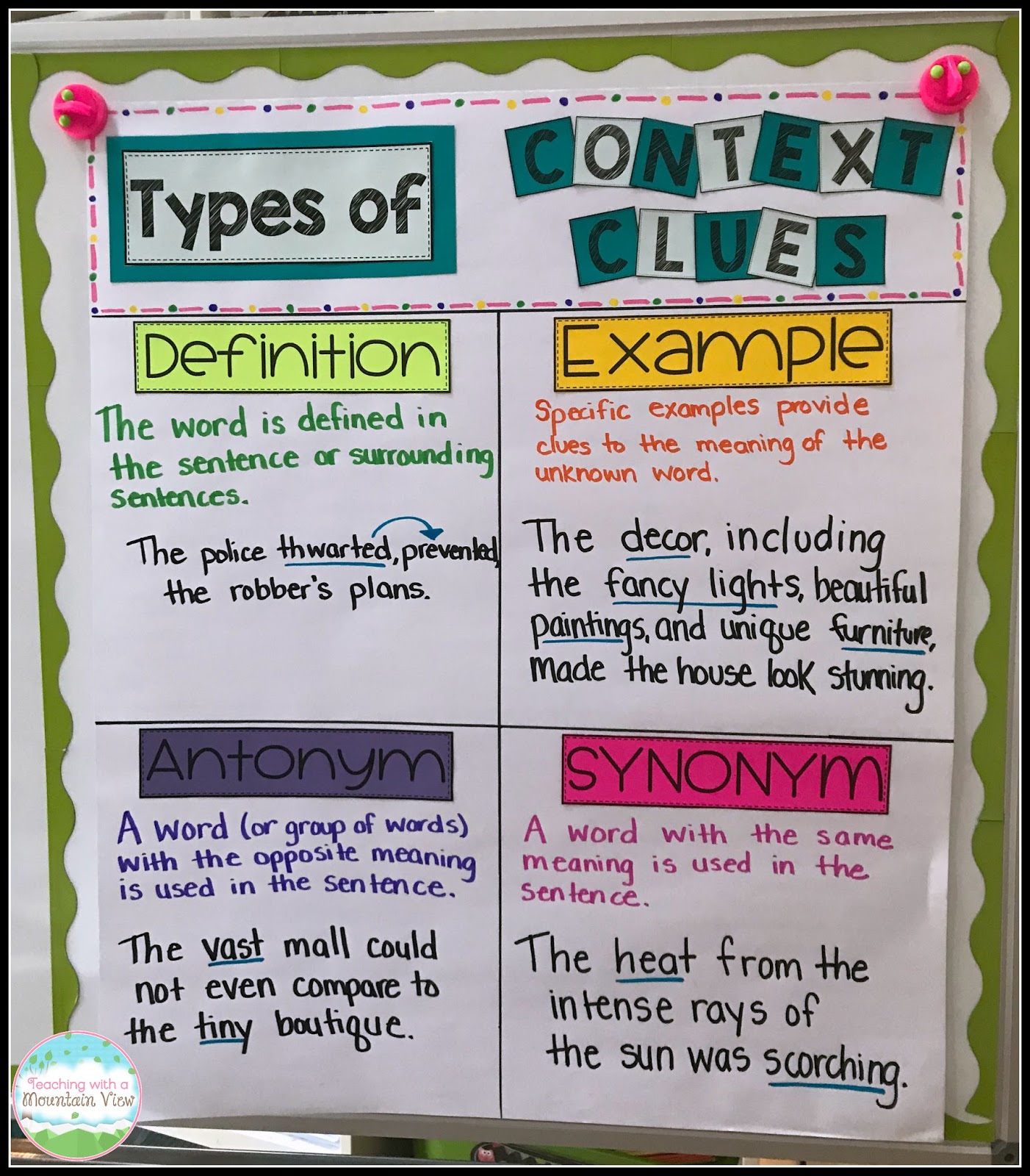Ultimate Guide To Understanding Context Examples
How can we use context examples in clear, informative manner?
Context examples provide real-world illustrations of a concept or idea, making it easier to understand and retain. They are particularly useful in explaining complex or abstract concepts, as they provide a concrete reference point for the reader.
There are many benefits to using context examples, including:
- Improved comprehension: Context examples help readers to better understand the meaning of a concept or idea.
- Increased retention: Context examples help readers to remember information more effectively.
- Enhanced engagement: Context examples make learning more interesting and engaging.
Here are some tips for using context examples effectively:
- Choose examples that are relevant to your audience.
- Make sure that your examples are clear and easy to understand.
- Use examples that are engaging and interesting.
Context examples are a valuable tool for educators and communicators. By using context examples effectively, you can improve comprehension, retention, and engagement.
Context Examples FAQs
This section provides answers to frequently asked questions about context examples.
Question 1: What are context examples?
Context examples are real-world illustrations of a concept or idea, making it easier to understand and retain. They provide a concrete reference point for the reader, particularly useful in explaining complex or abstract concepts.
Question 2: What are the benefits of using context examples?
There are many benefits to using context examples, including improved comprehension, increased retention, and enhanced engagement. Context examples make learning more interesting and effective.
Summary: Context examples are a valuable tool for educators and communicators. By using context examples effectively, you can improve comprehension, retention, and engagement.
Conclusion
Context examples are a valuable tool for educators and communicators. They provide concrete illustrations of abstract concepts, making them easier to understand and remember. By using context examples effectively, you can improve comprehension, retention, and engagement.
In this article, we have explored the importance of context examples and provided tips for using them effectively. We encourage you to use context examples in your own teaching and communication to help your audience better understand and retain information.
Guide: MRNA Sequence To Amino Acid Sequence
The Essential Guide To Max Ephron Bernstein
Understanding Assault And Battery Vs. Grievous Bodily Harm: Which Is Worse?

